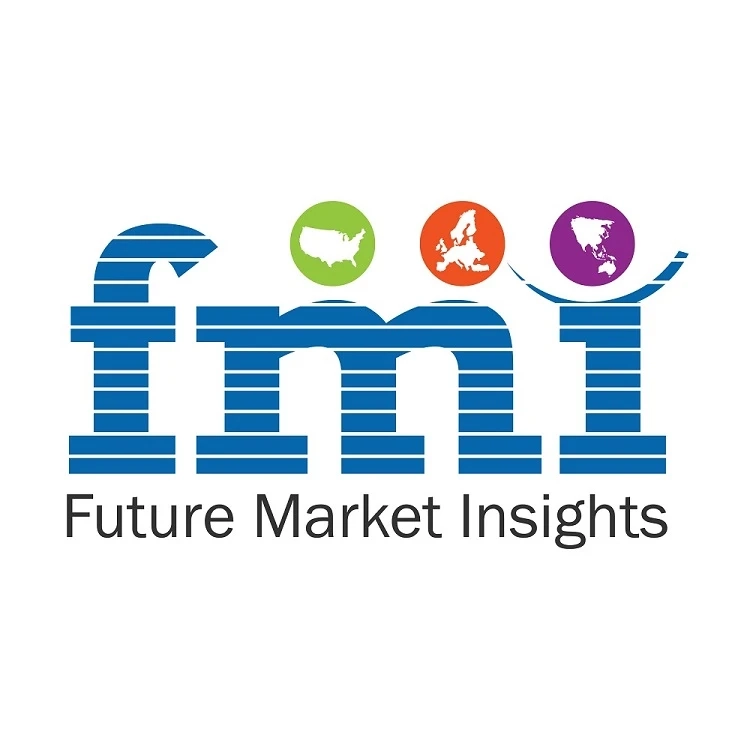As per Future Market Insights’ latest industry analysis, the valuation for the global venous stents market demand is around US$ 990.5 Million in 2023 and is projected to exhibit a CAGR of 8.4% over the forecast period 2023 to 2033, with an estimated valuation of US$ 2.2 Billion by 2033.
Venous stent market is highly driven by factors including growing burden of venous disease, increasing number of ageing population and heavy investment by manufacturers on research and development to develop technologically advanced products.
The global prevalence of chronic venous disorders is one of the key drivers for venous stents market. The condition affects a large population base, by affecting range of veins from small changes in reticular veins to an extensive venous ulcer, which eventually leads to sever disability.
Get Recently Updated Report of Market as Sample Copy! https://www.futuremarketinsights.com/reports/sample/rep-gb-17110
According to the published article on chronic venous diseases (CVD) epidemiology in the Annals of Surgery journal 2020, a significant portion of the world's population suffers from CVD, which is a prevalent illness. The estimated prevalence of CVD is often between 60 and 80%.Technological developments in stent technology is another primary factors impacting venous stent market's growth. Companies have been making huge investment to develop innovative products that uses cutting-edge technologies, in order to deliver comfort to the patient safely and effectively. Inserting venous stents require minimal incision and the growing demand for minimally invasive surgeries over traditional surgical techniques among surgeons as well as patient pool has given way to the growth of venous stent market. Further, insurance coverage for Nitinol stents has been provided by various insurance companies, thus promoting its adoption rate.
For instance, in October 2020, Medtronic had received the FDA approval for the Abre venous self-expanding stent systemKey Takeaways from Market Study:
Nitinol material held the market share of5% in the global market 2022 because of its benefits over other materials and increasing popularity in treating venous diseases.Chronic Deep Vein Thrombosis (DVT) has a market share of 6% in the global market 2022 owed to increasing prevalence of chronic DVT.Open cell stent design held 88.1% value share globally in 2022 as it allows for greater flexibility and conformability to the shape of the vein.Introducer size no – 09 dominated the global market with value share of 4% in 2022 as it is large enough to accommodate larger stents, necessary in cases where the stenosis (narrowing) in the vein is severe.Hospitals held a market share of 9% in the global market 2022 as they employ skilled healthcare professionals, and adoption of advanced technology.North American region dominated the global market with U.S. contributing around US$ 301.9 Million in 2022 due to increasing technological development and increasing healthcare expenditure.“Growing geriatric population, use of minimally invasive procedures, rising prevalence of venous disorders, advancements in venous stent development, and government investments in new product development factors are driving the global venous stents market”, says an analyst of Future Market Insights.
Market Competition:
The key players in the market are actively working to improve their positions through product approvals, partnerships, acquisitions, launches, collaborations, and agreements with both existing and up-and-coming market participants. A manufacturer's chances of capturing a sizable market share are significantly increased by acquisitions and partnerships.
A few examples of strategies acquired by the key players:
In July 2021, BIOTRONIK obtained Food and Drug Administration USFDA approval for novel peripheral self-expanding stent Pulsar-18 T3. This new, improved stent is beneficial for endovascular treatments.In March 2022, Cordis Corporation got USFDA approval for S.M.A.R.T. RADIANZ Vascular Stent System. This novel stent has use on radial peripheral procedures. It allows for the precise, effective implantation of stents in the superficial femoral (SFA) and iliac arteries.What Does the Report Cover?
Future Market Insights offers a unique perspective and actionable insights on the venous stents market in its latest study, presenting a historical demand assessment of 2018–2022 and projections for 2023–2033. The venous stents market is segmented in detail to cover every aspect of the market and present a complete market intelligence approach to the reader.
Key Companies Profiled:
Becton, Dickinson and CompanyCook Group Inc.Boston Scientific CorporationMedtronicKoninklijke Philips N.V. (Vesper Medical Inc.)Optimed Medizinische Instrumente GmbHplus medica GmbH & Co. KGAbbott Laboratories, Inc.Key Market Segments Covered in the Venous Stents Industry Research:
Material:
NitinolElgiloyIndication:
Chronic Deep Vein ThrombosisPost-Thrombotic Syndrome (PTS)May-Thurner’s Syndrome (MTS)Pelvic Congestion Syndrome (PCS)OthersStent Design:
BraidedOpen CellClosed CellHybridIntroducer Size:
Size 6Size 7Size 8Size 9Size 10End User:
HospitalAmbulatory Surgery CentersSpecialty ClinicsCardiac Catheterization LabsRegion:
North AmericaLatin AmericaEast AsiaSouth Asia & PacificWestern EuropeEastern EuropeCentral AsiaRussia & BelarusBalkan & Baltic CountriesMiddle East and Africa

